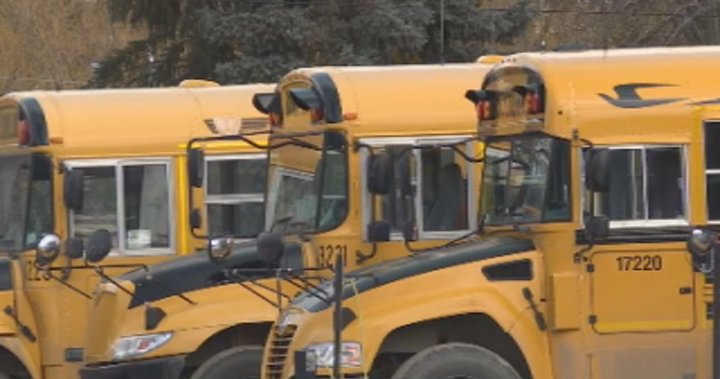Canada
School bus fees in the Central Okanagan might be on the rise again

Rising School Bus Fees in the Central Okanagan: A Growing Concern for Parents
Introduction to the Issue
Parents in the Central Okanagan region are bracing themselves for a significant increase in school bus fees. Currently, families in School District 23 pay $450 per child annually for bus transportation. However, this cost may soon rise by $75 to $150 per child, marking the latest in a series of fee hikes that have more than doubled since 2019, when the annual fee was just $200. This potential increase has sparked concern among parents and educators, as it adds to the financial burden on families while highlighting broader challenges in funding school transportation.
The Rising Costs of Transportation
The proposed fee increase is part of a larger trend of escalating transportation costs in the region. Since 2019, the annual fee for school bus rides has more than doubled, from $200 per child to the current $450. If approved, the new increase would push the fee to between $525 and $600 per child. While this may seem like a steep hike, it reflects the broader economic realities facing the district. Rising inflation, particularly the cost of gas, has driven up the expenses associated with operating school buses. Nicola Baker, president of the School District 23 Parent Advisory Council, noted that these inflationary pressures leave the school board with difficult financial decisions to make.
The School District’s Financial Struggles
The Central Okanagan Public Schools district receives limited funding from the province to cover transportation costs. According to a report from the school board, the province provides only $600,000 annually for transportation, far short of what is needed to cover the full cost of busing students. As a result, the district must draw from its operating funds each year to subsidize the transportation budget. This financial strain is not unique to the Central Okanagan region; other districts facing similar geographic challenges are also forced to make tough decisions about where to allocate limited resources. For instance, many districts must choose between funding transportation and supporting other critical areas, such as classroom resources.
The Impact on Families and Classrooms
Despite the proposed fee increase, the Transportation Department will still require significant support from the district’s operating budget. According to Delta Carmichael, Secretary-Treasurer and CFO of Central Okanagan Public Schools, the department will need an estimated $4 million from the district’s operating funds. These funds could otherwise be allocated directly to classrooms to support teaching and learning. This sharpens the dilemma: while the fee increase will help offset some of the rising transportation costs, it does not fully address the underlying funding shortfall. Families, meanwhile, will need to absorb the added expense at a time when many are already feeling the pinch of inflation.
A Look at the Proposed Fee Increase
The district has proposed three potential fee increases, ranging from $75 to $150 per child, but it has indicated that it will consider the lowest recommended increase of $75. This would bring the annual fee to $525 per child, still a significant jump, but less than the maximum proposed increase. The decision on whether to approve the fee hike is set to be made at an upcoming school board meeting. Parents are encouraged to share their thoughts on the proposed increase, as their feedback will play a critical role in shaping the final decision.
The Bigger Picture: Funding Challenges in Education
The debate over school bus fees in the Central Okanagan highlights a broader issue in education funding. Many school districts across Canada face similar challenges in balancing transportation costs with the need to support classrooms and other essential services. The reliance on parental fees and district operating funds underscores the need for a more sustainable and equitable solution to school transportation funding. As the district moves forward with its decision, it will be important to consider not only the immediate financial impact on families but also the long-term implications for the education system as a whole.
In conclusion, the proposed increase in school bus fees in the Central Okanagan region reflects the growing financial pressures facing schools and families. While the hike is intended to help offset rising transportation costs, it also raises important questions about the funding model for public education and the need for creative solutions to ensure that all students have access to affordable and reliable transportation. The decision on the fee increase will be a critical one, with implications for families, classrooms, and the broader community.











